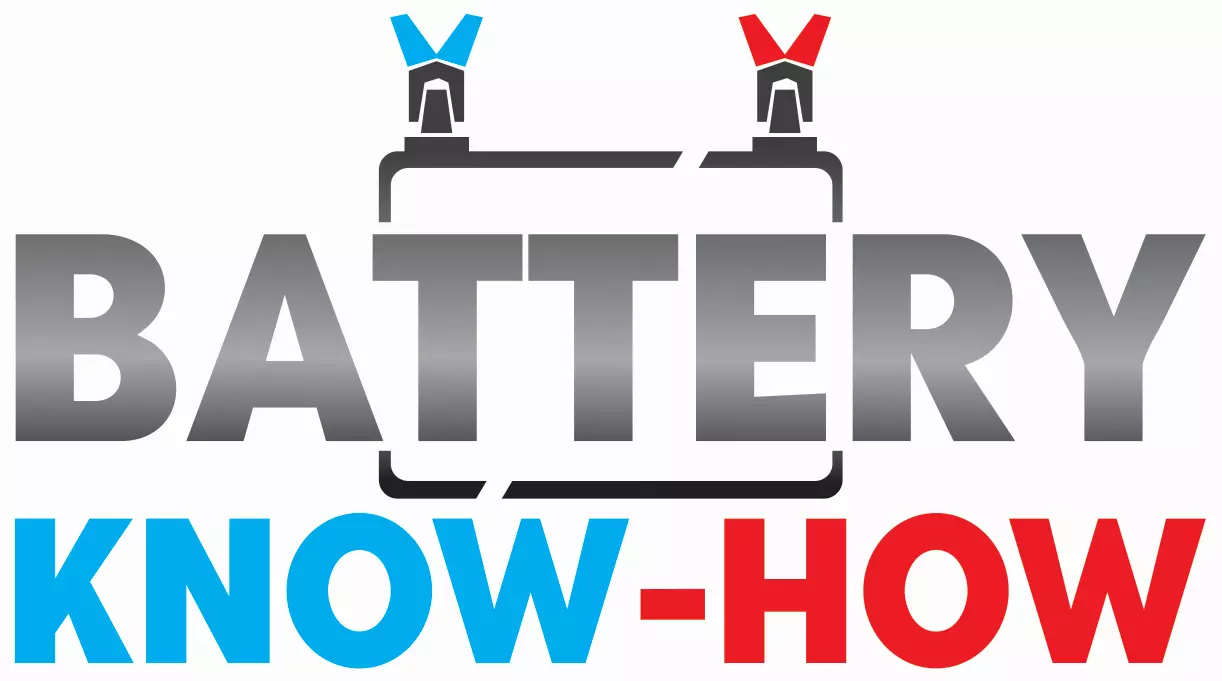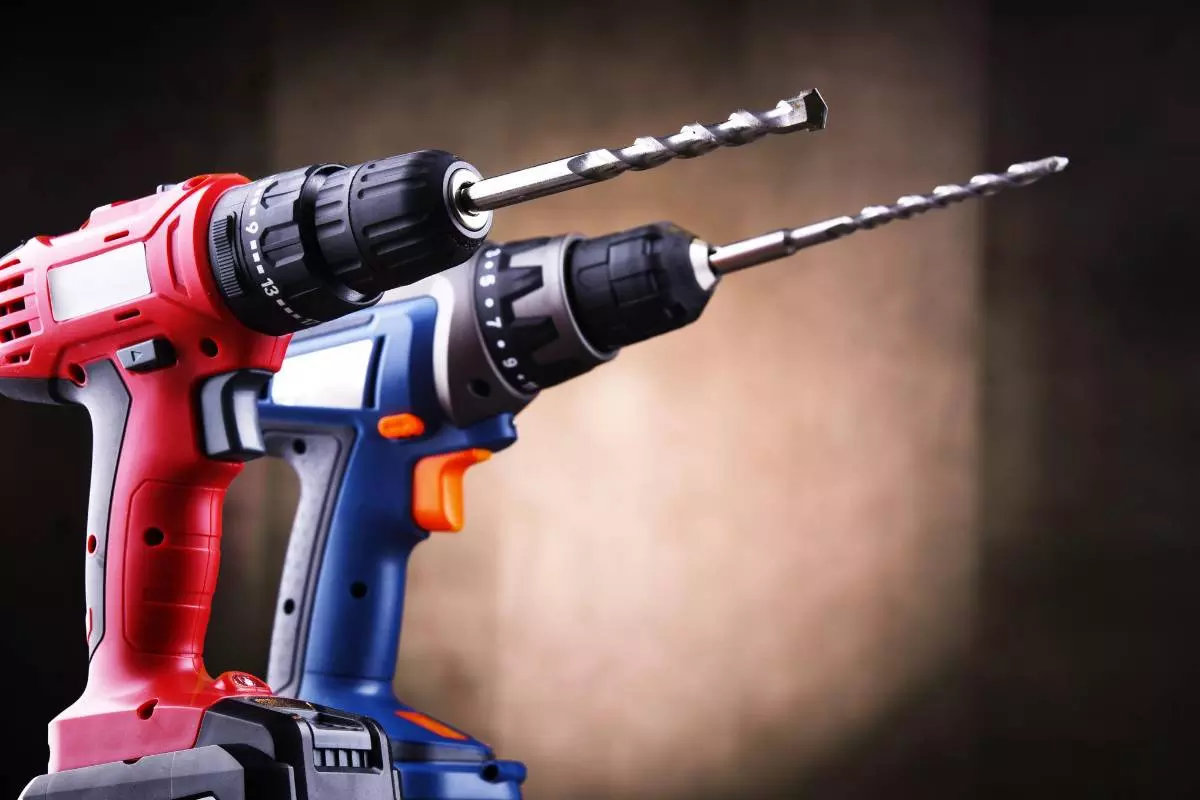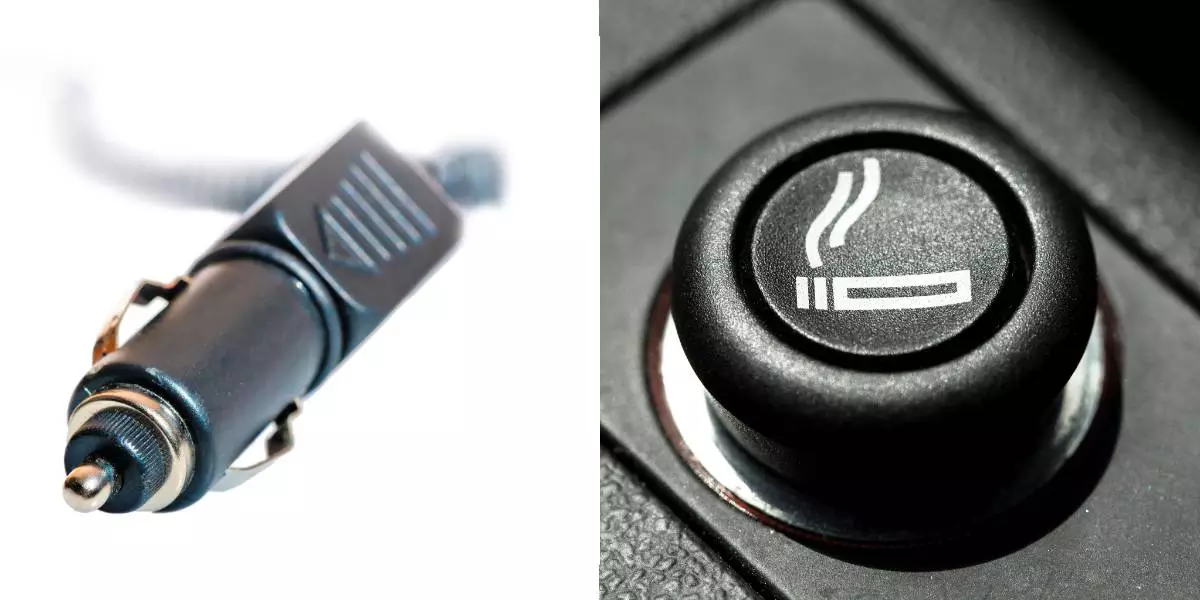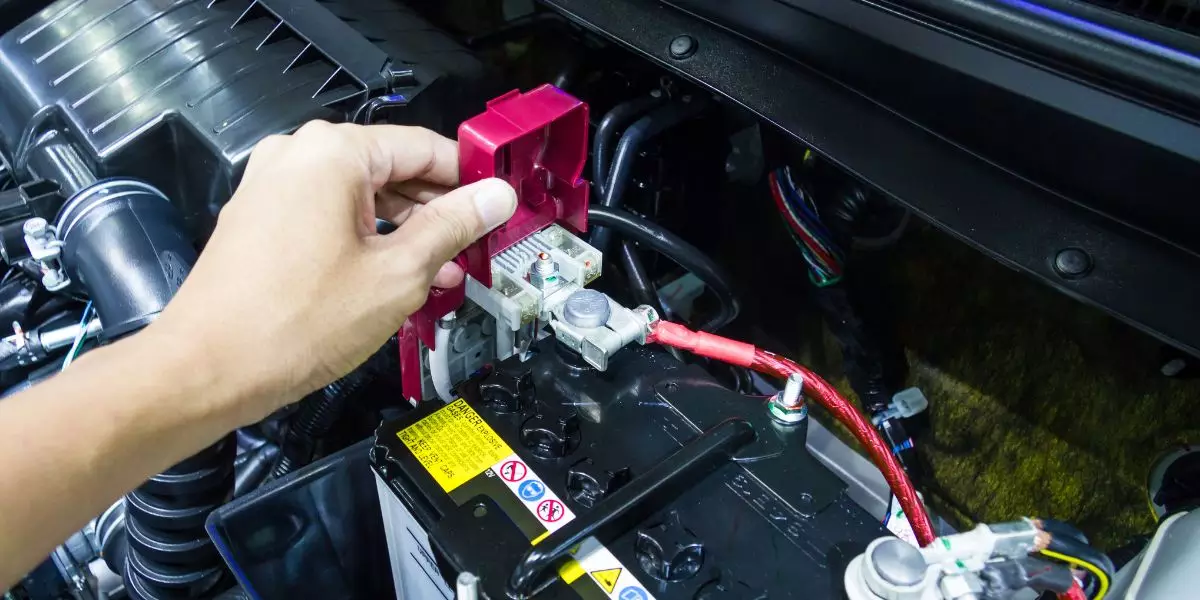When shopping for drill batteries, you’ll come across a wide variety of different options. Aside from different brands, take a closer look, and you’ll find that some batteries have only two terminals, while others might have three or four! But what’s the difference? Why do some batteries have so many?
In simple terms, some drill batteries require four terminals for their additional safety and efficiency features. For starters, two terminals are necessary to act as the positive and negative terminals. However, some batteries also have built-in thermistors, battery identification features, and battery balancing needs that require additional terminals.
In this guide, we’ll go through everything you need to know about why some drill batteries have four terminals (and, by extension, why some have fewer).
Let’s get started.
What Are The Four Terminals On A Drill Battery?
Before we dive into why they’re there, it’s essential to understand those four terminals’ purposes. The four terminals on the battery will serve one or more purposes, such as:
- For the positive (+) charge
- For the negative (-) charge
- To connect to the Thermistor
- For battery identification
- To connect to different battery cells (more on this below)
Now, it’s important to remember one thing at all times: there are no fixed rules about how battery manufacturers must arrange or label those terminals. As a result, you’ll find that those terminals are often labeled differently between different drill battery brands.
The exception to that, of course, would be the positive and negative terminals. These two terminals are universally recognizable with their (+) and (-) markings.
Still, you might come across some other differences like:
- The Thermistor terminal: marked with a T, TH, NTC, or something similar.
- The Battery ID terminal: marked as ID, D, or something similar.
Shared Terminals and Different Battery Cells
Here’s another thing to understand about your drill battery’s four terminals. Sometimes, one terminal can serve more than one purpose.
It’s perfectly normal to see a terminal with two markings instead of one. For example, one battery terminal might have both T and ID markings, which means it connects to the thermistor and is also used for battery identification.
Besides that, some terminals are also dedicated to specific cells within the battery. Look a little closer at your battery’s terminals, and you’ll likely see markings like C1, C2, and other similar ones. These terminals are designed to help with battery balancing, which we’ll dive into greater detail in the next section.
Why Do Drill Batteries Need Four Terminals?
When people think about batteries, they usually visualize only the positive and negative terminals. So why would a drill battery need up to four terminals instead?
Well, firstly, let’s remember that not all drill batteries have four terminals. Depending on the drill brand you have and which one of their batteries you’re using, you might find it has two or three terminals instead of four.
But that raises another question: if drill batteries can function perfectly well with two or three terminals, then why would any of them need four?
Well, here are four reasons for that:
1 To Control The Flow Of Electrons (From Negative To Positive)
First and foremost, all drill batteries must have at least two terminals. Batteries of all kinds must have one positive terminal and another negative terminal, or else the device will not be able to receive any electrical power.
Remember electronics flow from the negative terminal to the positive terminal, and that’s why you need both of them for your drill battery to work.
That explains the need for the first two terminals on your drill battery.
2 To Prevent Damage From Overheating
Next, at least one more terminal is needed to connect to the thermistor. A thermistor is an electrical resistor designed to control the battery’s temperature and prevent it from overheating.
As you might imagine, this is critical for your safety and the battery’s overall wellbeing. After all, a battery that overheats frequently will damage itself. Worse yet, it could lead to fires, explosions, and injuries to anyone who uses the drill.
As you might imagine, not all drill batteries have a TH terminal, while others have it included in their design to reduce wear and tear.
3 For Communication Between The Battery And The Charger
Another reason some drill batteries need an additional terminal is battery identification. Some drill brands might call this a communication terminal instead. Simply put, it allows the battery to send important information to the drill or charger that it’s connected to.
For example, different drill batteries will have specific requirements for optimal charging. Through the ID terminal on the battery, the charger will identify the type of battery and charge it using the most suitable settings.
Remember: It’s normal for some drill batteries to combine the thermistor and identification functions in one terminal.
4 For Battery Balancing
Last but not least, there is also the issue of battery balancing. You see, on the outside, your drill battery looks like one solid unit. However, what you’re seeing is just the outer casing.
Inside, there are likely two or more battery cells that have been combined. By joining these cells together, the battery’s overall capacity increases, making them suitable for use in a power drill.
However, not all of the cells in your drill battery will charge or discharge at similar rates. So, to ensure that the cells can keep up with each other, these batteries tend to be designed with battery balancing in mind.
With four terminals on a drill battery, likely, some of them are there for battery balancing purposes. Those terminals marked for individual cells (e.g., C1, C2, etc.) are connected to different cells to ensure that they can charge and discharge at the same pace.
As a result, those battery cells are balanced and will last much longer.
Final Thoughts
What can we learn from all of this? The most important lesson here is that not all drill batteries are made the same. The ones with two terminals are much more straightforward in design.
But when you invest in one that comes with four terminals, what you’re getting is a much more complex battery, one with additional safety features like a thermistor and a battery balancing design.





